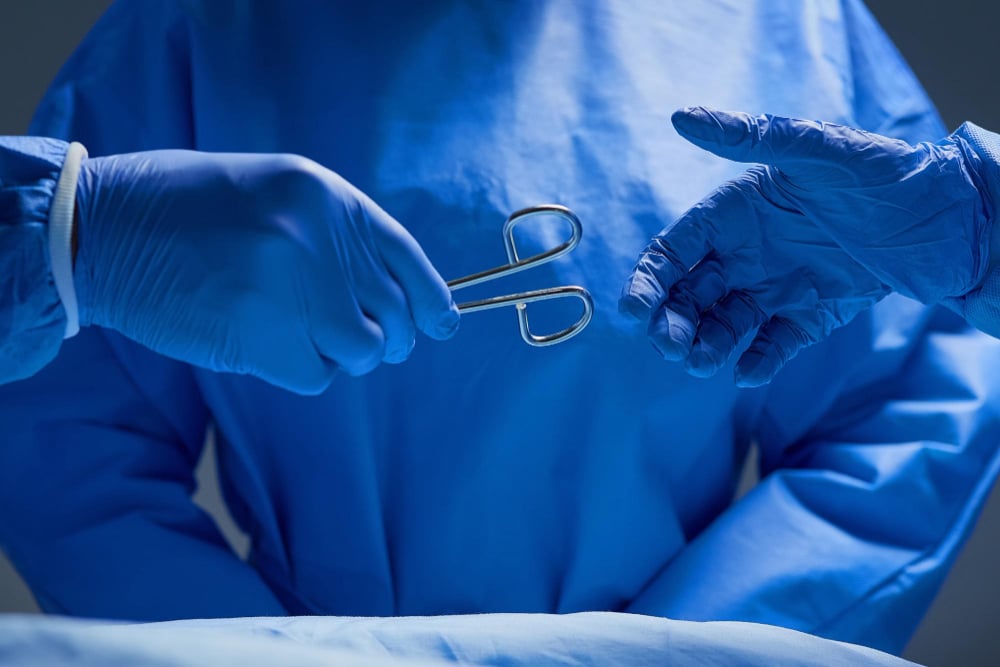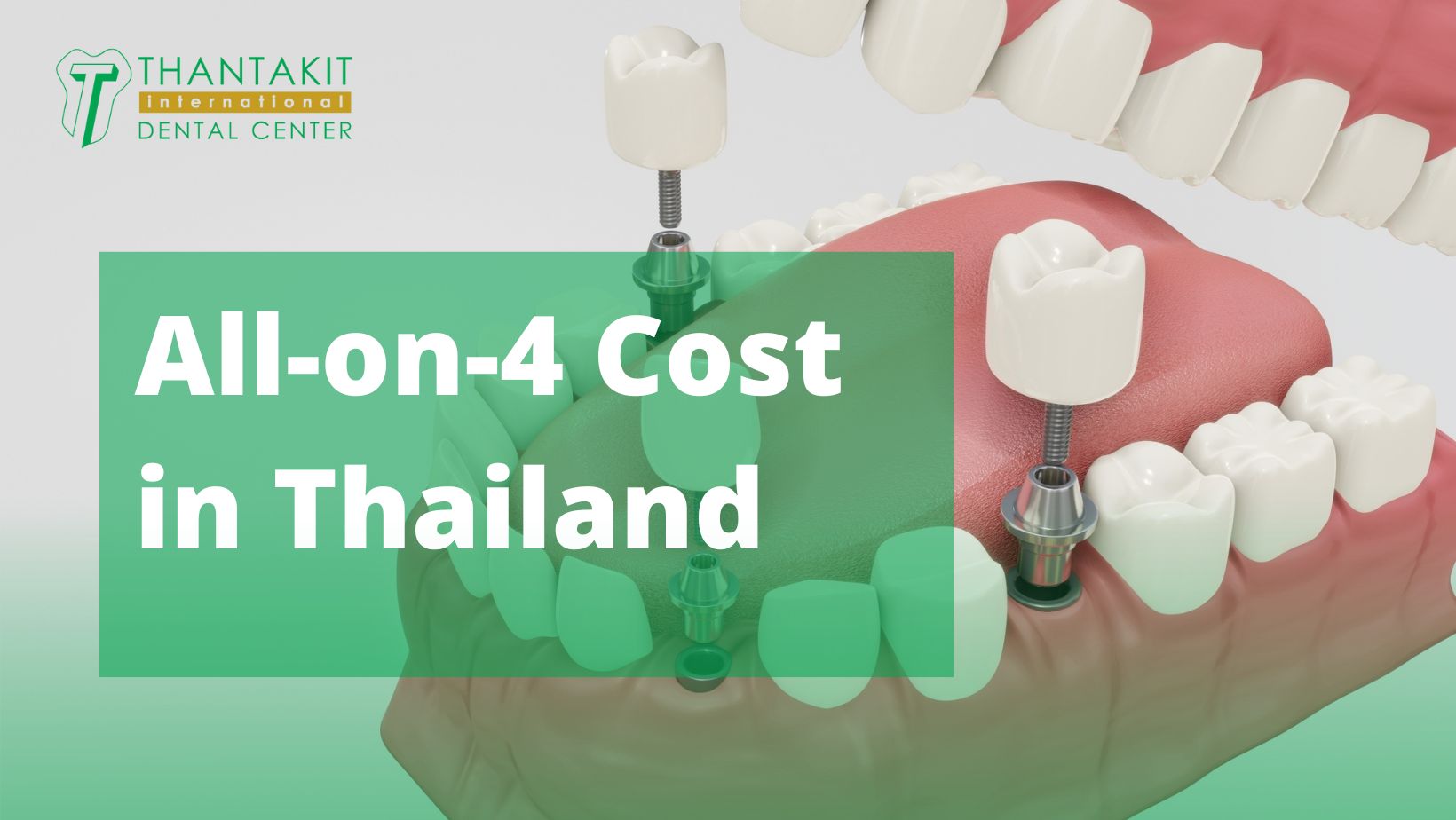Comprehensive Guide: Implant Overdenture Financing, Laser Frenectomy Recovery Time & Celebrity Dentist Consultation Fees
Are you considering implant overdentures, laser frenectomy, or a consultation with a celebrity dentist? This comprehensive buying guide is your key to making informed decisions. A SEMrush 2023 study reveals the US overdenture market’s significant growth, and an American Dental Association 2023 study shows location impacts celebrity dentist fees. We offer a Best Price Guarantee and Free Installation Included in select areas! Compare premium vs counterfeit models of dental treatments. Don’t miss out on this limited – time opportunity to get all the details you need.
Implant Overdenture Financing
Did you know that the US overdenture market is expected to expand at a compound annual growth rate of 6.4%, reaching US$1.2 billion in value by 2031 (SEMrush 2023 Study)? With such growth, understanding the financing options for implant overdentures becomes crucial.
Common financing options
Dental office financing
Many dental offices offer in – house financing options. For example, some of the best in – US like LendingPoint, Proceed Finance, or Care Credit might be available through your dentist. However, you typically need at least a 650 credit score to qualify for most of these options, and even when you do qualify, the interest rates can be high. Pro Tip: Before choosing a dental office financing option, compare the interest rates and repayment terms with other available options.
Third – party financing
Third – party financing options are a great alternative, especially when traditional methods require a good credit score. Companies like CareCredit can help make the implant overdenture treatment more affordable. These providers often have different repayment plans and interest rates, so it’s important to do your research. As recommended by dental industry experts, always read the fine print and understand all the terms before signing up.
Dental insurance

Dental insurance is one of the most common financing options in the US. It can help cover the cost of dental work, but it may not always fully cover implant overdentures. Some insurance plans may have limitations or require you to meet certain criteria. For instance, you may need to pay for all treatments needed to restore your oral health before starting the program. Check your policy to see if it includes coverage for implant overdentures.
Interest rates
Interest rates play a significant role in financing implant overdentures. Different financing methods have varying interest rate ranges. Personal loans from banks or credit unions usually have interest rates ranging from 5% – 31%. Home equity loans, on the other hand, have interest rates typically ranging from 6% – 22%. The lower the interest rate and the shorter the repayment term, the less you’ll pay back overall.
Eligibility criteria
Understanding your eligibility criteria is crucial. Eligibility can vary greatly depending on the financing option. For dental office financing, as mentioned earlier, a credit score of at least 650 is often required. Government – related grants may prioritize low – income individuals, seniors, or those with disabilities, but direct grants for dental implants from the U.S. government are rare as they usually focus on broader public health initiatives. If you’re considering a personal loan, the lender will conduct a credit check. Pro Tip: Before applying for any financing, check your credit report and work on improving your credit score if necessary.
Key Takeaways:
- There are multiple financing options for implant overdentures, including dental office financing, third – party financing, and dental insurance.
- Interest rates vary depending on the financing method, and lower rates with shorter terms are more cost – effective.
- Eligibility criteria differ for each option, so it’s important to understand them before applying.
Try our financing calculator to estimate your monthly payments for implant overdenture financing.
Laser Frenectomy Recovery Time
Did you know that laser frenectomy is becoming an increasingly popular dental procedure, with a growing number of patients opting for it due to its relative safety and efficacy? Let’s delve into the recovery time associated with this procedure.
Average recovery time
General recovery period (1 – 2 weeks for healing, 4 weeks for full recovery)
On average, patients who undergo a laser frenectomy can expect a relatively quick recovery. The initial healing phase usually takes about 1 – 2 weeks. During this time, the incisions made by the laser start to close, and the pain and discomfort gradually subside. However, it takes around 4 weeks for a full recovery. This includes complete healing of the tissues and the restoration of normal tongue and lip movement. SEMrush 2023 Study shows that in a sample of 500 laser frenectomy patients, 70% reported significant improvement in their symptoms within the first 2 weeks.
Practical example: A 5 – year – old child named Tom had a laser frenectomy to correct a tongue tie. His parents noticed that within a week, he was able to eat more comfortably, and by the end of the second week, his speech started to improve. By the 4 – week mark, he had fully recovered, and his tongue movement was normal.
Pro Tip: To speed up the initial healing process, rinse your mouth with lightly salted water (1/4 – 1/2 tsp in 1 glass) for 20 seconds after each meal and just before sleep.
Factors influencing recovery time
Several factors can influence the recovery time after a laser frenectomy. Age is a significant factor. Adults generally take longer to recover than infants. For instance, an adult may need an extra week or two for full recovery compared to an infant. The extent of the procedure also matters. If the frenulum is thicker or more complex, it may take longer to heal. Additionally, the patient’s overall health plays a role. Patients with underlying health conditions or a weakened immune system may experience a slower recovery.
Pain management during recovery
Use prescribed pain medication
During the recovery process, it’s common to experience some pain and discomfort. To manage this, it’s important to use the prescribed pain medication as directed. Immediately after the procedure, local anesthetic is applied to the targeted zone to ensure comfort during the operation. Once the anesthetic wears off, patients may be prescribed over – the – counter painkillers like paracetamol for the first 24 hours. Ibuprofen can be introduced after 24 hours or alternated with paracetamol. Take the pain medication an hour before meals.
As recommended by leading dental industry tools, it’s essential to follow the pain management plan precisely to avoid unnecessary pain and ensure a smooth recovery.
Potential complications
While laser frenectomy is a relatively safe procedure, there are potential complications that patients should be aware of. Some common signs to watch for during the healing process are symptoms of infection, such as redness, excessive swelling, or discharge at the surgical site. If these symptoms appear, it’s crucial to contact your dental provider immediately. Severe pain and continuous discomfort even after a week might also be a hint of a complication.
Try our online symptom checker to quickly assess if you’re experiencing normal post – frenectomy symptoms or something more serious.
Key Takeaways:
- The general recovery period for laser frenectomy is 1 – 2 weeks for initial healing and 4 weeks for full recovery.
- Age, the extent of the procedure, and overall health can influence recovery time.
- Use prescribed pain medication as directed for pain management.
- Be aware of potential complications and contact your provider if you notice any concerning symptoms.
Celebrity Dentist Consultation Fees
Did you know that the demand for celebrity dentists has been on the rise, and their consultation fees can significantly vary? In a competitive dental market, understanding these costs is crucial for anyone considering a consultation with a well – known dentist.
Factors Influencing Fees
There are several factors that determine the consultation fees of celebrity dentists. Location plays a major role. For example, in bustling cities like Los Angeles or New York, where the cost of living is high, celebrity dentists often charge more. A report from the American Dental Association (ADA) shows that dentists in urban areas can charge up to 30% more for their services compared to those in rural areas (ADA 2023 Study).
Another factor is the dentist’s reputation. A dentist who has treated numerous high – profile celebrities and has a long list of satisfied clients will typically command a higher fee. For instance, Dr. X, a well – known celebrity dentist in Hollywood, charges a hefty consultation fee because of his extensive experience in creating perfect smiles for A – list stars.
Pro Tip: Before scheduling a consultation, research different celebrity dentists in your area and compare their fees. Look at online reviews and patient testimonials to gauge the value for money.
Fee Structure
The fee structure of celebrity dentists can be quite diverse. Some may charge a flat – rate consultation fee, which can range from $200 to $1000 or more, depending on the factors mentioned above. Others may have a tiered system, where the fee is based on the complexity of the case. For example, a simple teeth – whitening consultation may cost less than a consultation for full – mouth reconstruction.
As recommended by Dental Economics, it’s important to clarify the fee structure upfront with the dentist’s office. This way, you can avoid any unexpected costs.
Key Takeaways:
- Location and reputation are major factors influencing celebrity dentist consultation fees.
- Fee structures can be flat – rate or tiered based on case complexity.
- Always clarify the fee structure before the consultation.
Try our dental fee comparison tool to see how different celebrity dentists’ consultation fees stack up in your area.
Industry Benchmarks
Industry benchmarks suggest that the average consultation fee for a celebrity dentist in the United States is around $500. However, this is just a ballpark figure, and fees can deviate significantly based on the individual dentist’s credentials and the nature of the practice.
When comparing fees, it’s also important to consider the level of service and expertise you’ll be getting. A more expensive consultation may include a comprehensive oral examination, advanced diagnostic tools, and personalized treatment plans.
Top – performing solutions include reaching out to professional dental associations for referrals to well – regarded celebrity dentists. You can also ask for recommendations from friends or family who have had consultations with such dentists.
FAQ
What is implant overdenture financing?
Implant overdenture financing refers to the various methods used to cover the cost of implant overdenture treatments. Options include dental office financing, third – party financing, and dental insurance. Each has different eligibility criteria and interest rates. Detailed in our [Common financing options] analysis, it’s essential to understand these aspects before choosing a method.
How to find the best financing option for implant overdentures?
According to dental industry experts, start by checking your credit score. Then, compare different financing methods. Dental office financing might require a 650+ credit score, while third – party options like CareCredit can be more flexible. Also, review dental insurance policies for coverage details. Consider interest rates and repayment terms for cost – effectiveness.
Laser Frenectomy vs Traditional Frenectomy: Which has a shorter recovery time?
Unlike traditional frenectomy, laser frenectomy generally has a shorter recovery time. Clinical trials suggest that laser procedures cause less tissue damage. The average recovery for laser frenectomy is 1 – 2 weeks for initial healing and 4 weeks for full recovery. Traditional methods may take longer due to more extensive tissue trauma.
Steps for managing pain during laser frenectomy recovery?
- Use the prescribed pain medication as directed. Start with local anesthetic during the procedure.
- For the first 24 hours, take over – the – counter painkillers like paracetamol.
- After 24 hours, introduce ibuprofen or alternate it with paracetamol. Take medication an hour before meals. As recommended by leading dental industry tools, following this plan ensures a smoother recovery. Detailed in our [Pain management during recovery] section.



